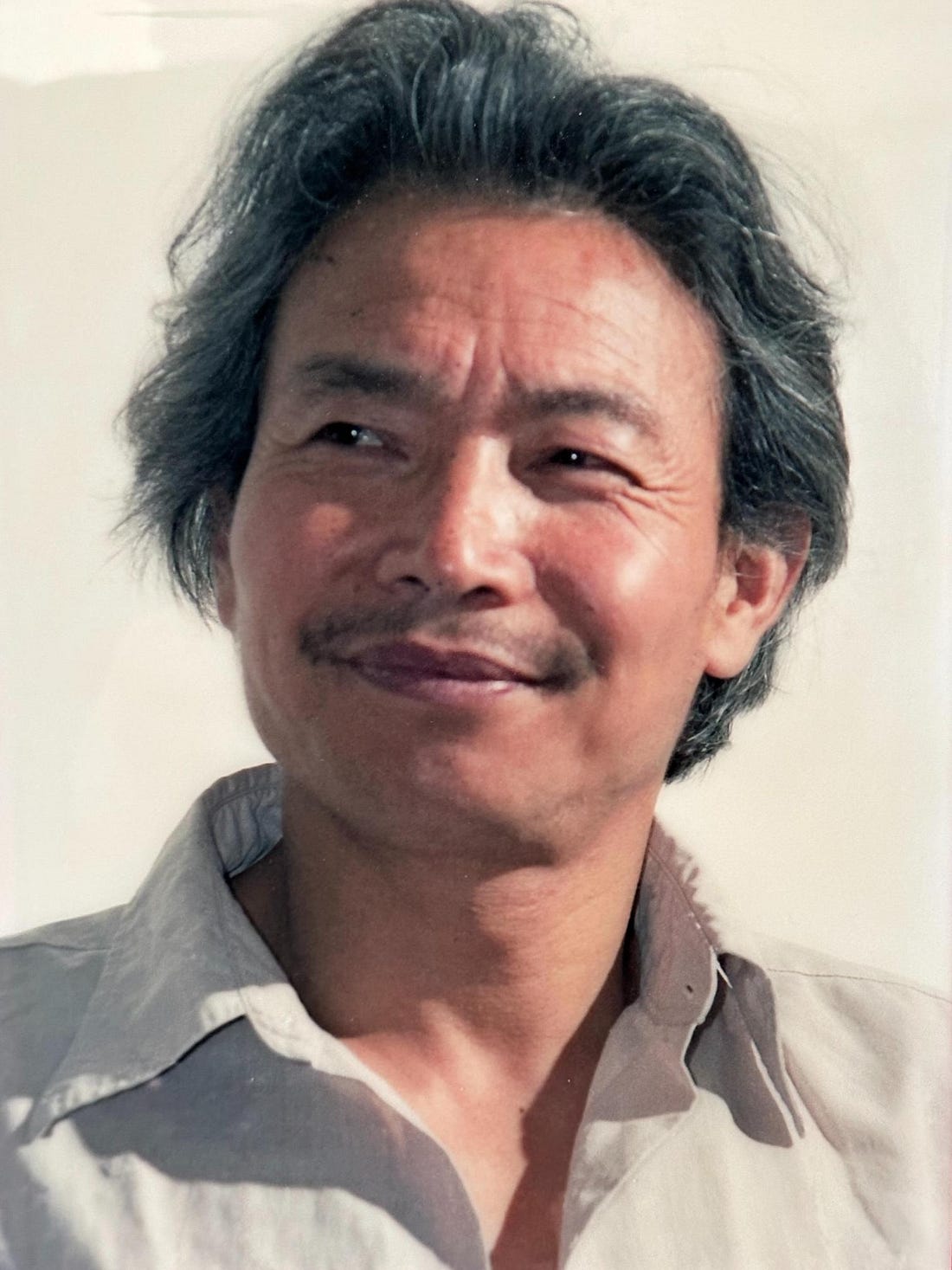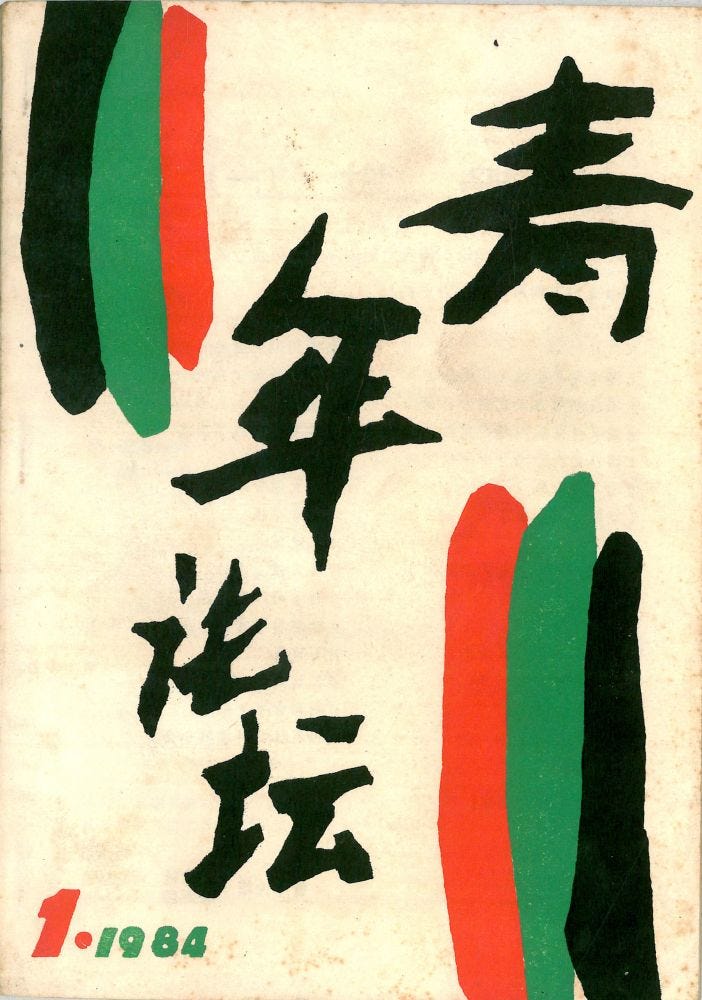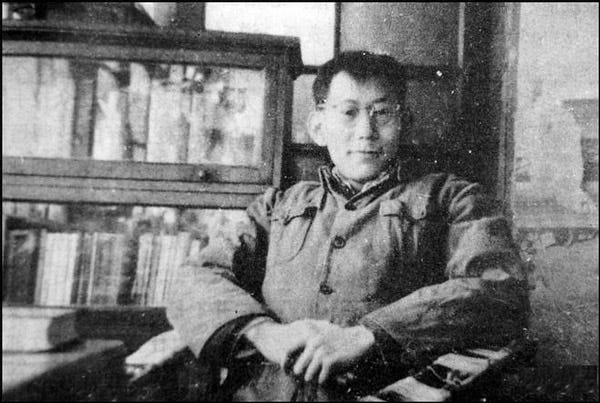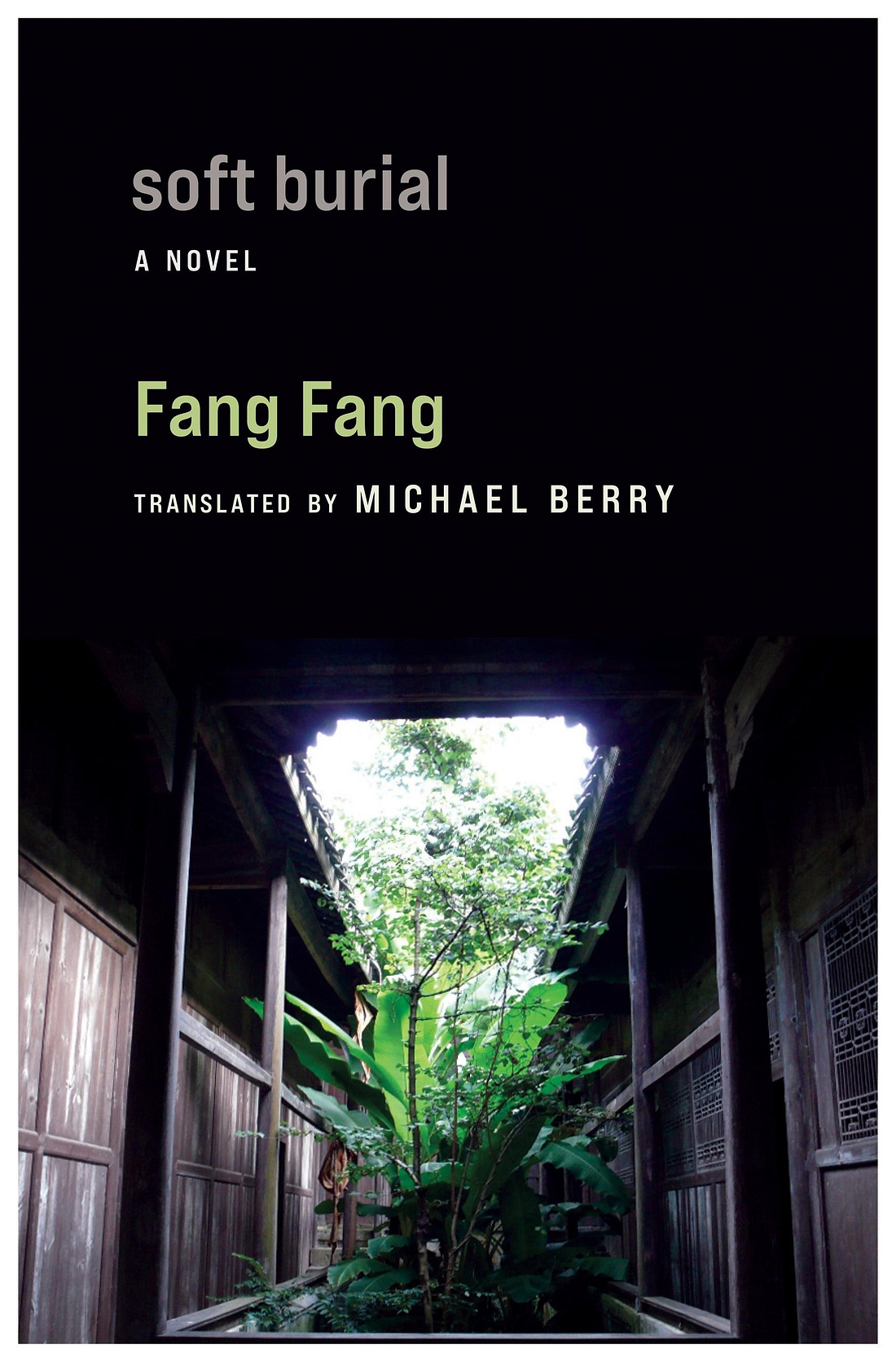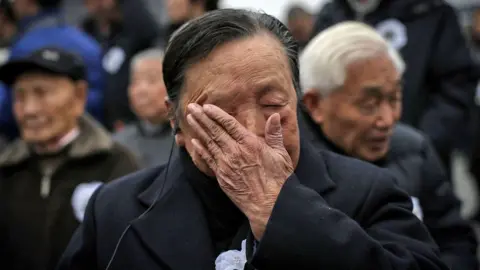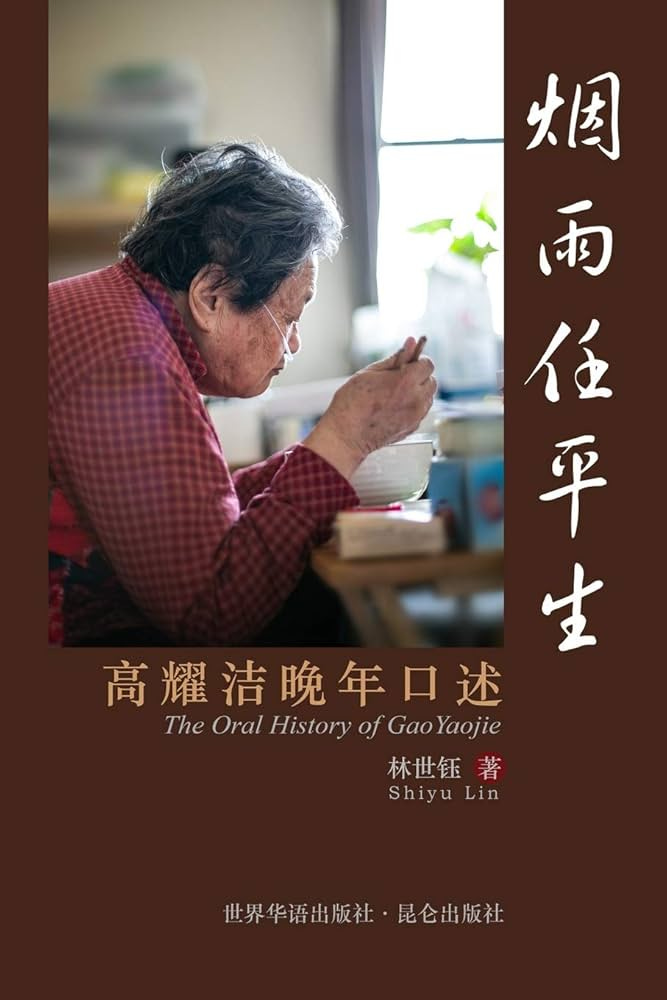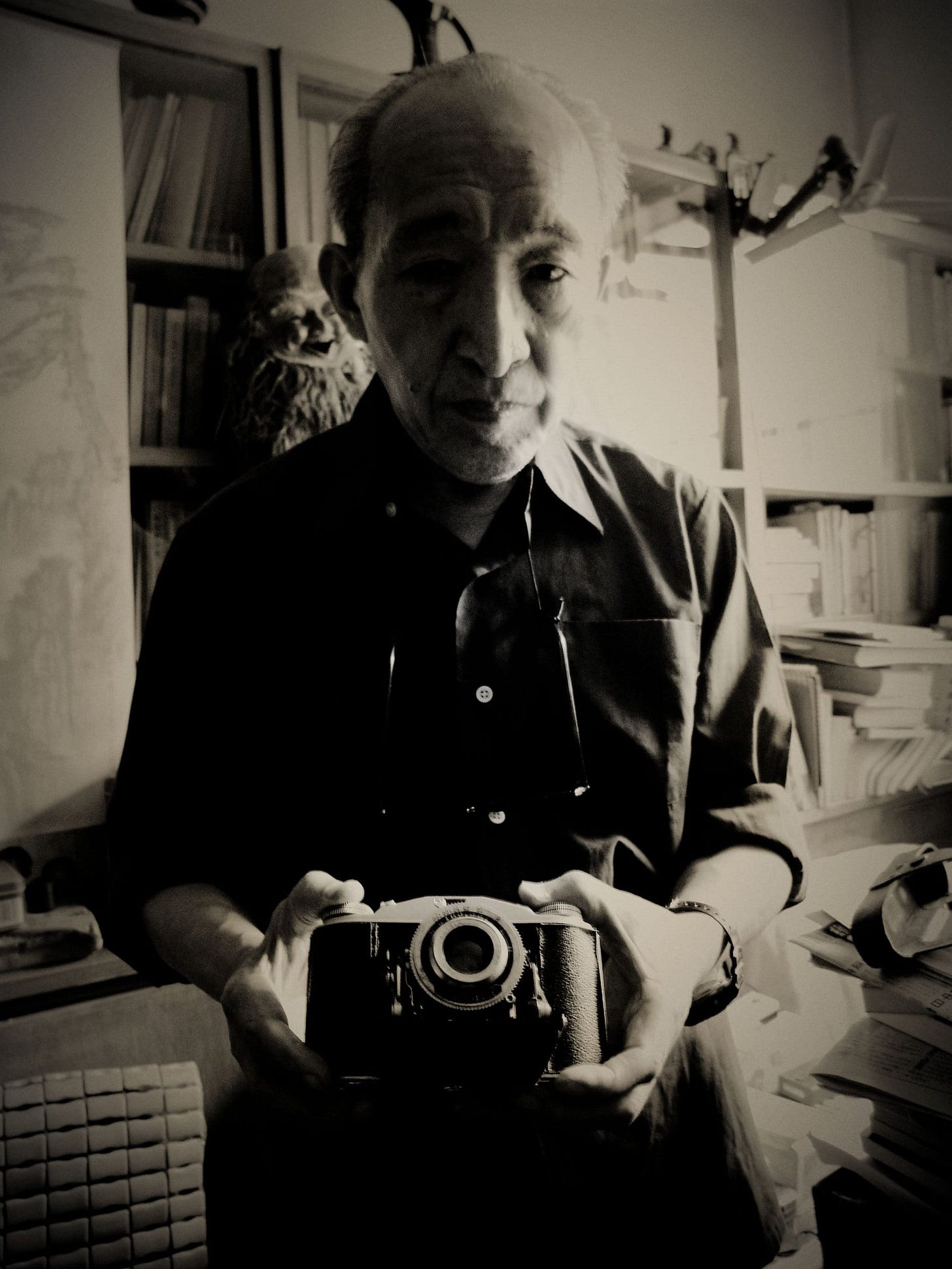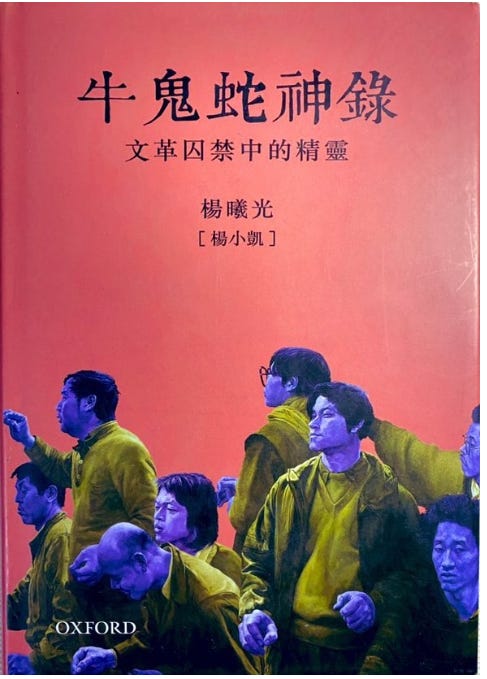Source: NYT (11/18/25)
Where Mao’s Peasants Tilled the Soil, Tourists Now Pay for the View
Decades ago, a Chinese village became an official symbol of revolutionary “self-reliance.” The slogan hasn’t changed, but nearly everything else has.
By Andrew Higgins; Photographs by Gilles Sabrié, Reporting from Dazhai, China

Jia Tianlian tending his tiny plot of land in Dazhai, a village in northern China that Mao Zedong once hailed as a model for the nation. In the background are residential buildings from the “people’s commune” of that era. Credit.
Promising a socialist utopia built with the toil of ordinary farmers, Mao Zedong singled out the remote mountain village of Dazhai as proof that faith in the Communist Party and hard work could conquer the harshest terrain.
The villagers, wielding pick axes, hoes and their bare hands more than half a century ago, were said to have carved terraces out of stony hillsides, hauling soil to turn barren slopes into miraculously bountiful fields of corn.
More than 10 million Chinese visited the tiny village in Shanxi Province in northern China, obeying Mao’s order to “learn from Dazhai” and soak up its history of hardship and anticapitalist fervor. Most came during China’s disastrous 1966-76 Cultural Revolution, during which Dazhai’s semiliterate party boss, Chen Yonggui, was elevated to the Politburo in Beijing.
Today, the farmers of Dazhai have mostly vanished. Many of their terraces have crumbled, while machines and corporate farming have replaced their labor on those that remain. Continue reading Red tourism in Dazhai
